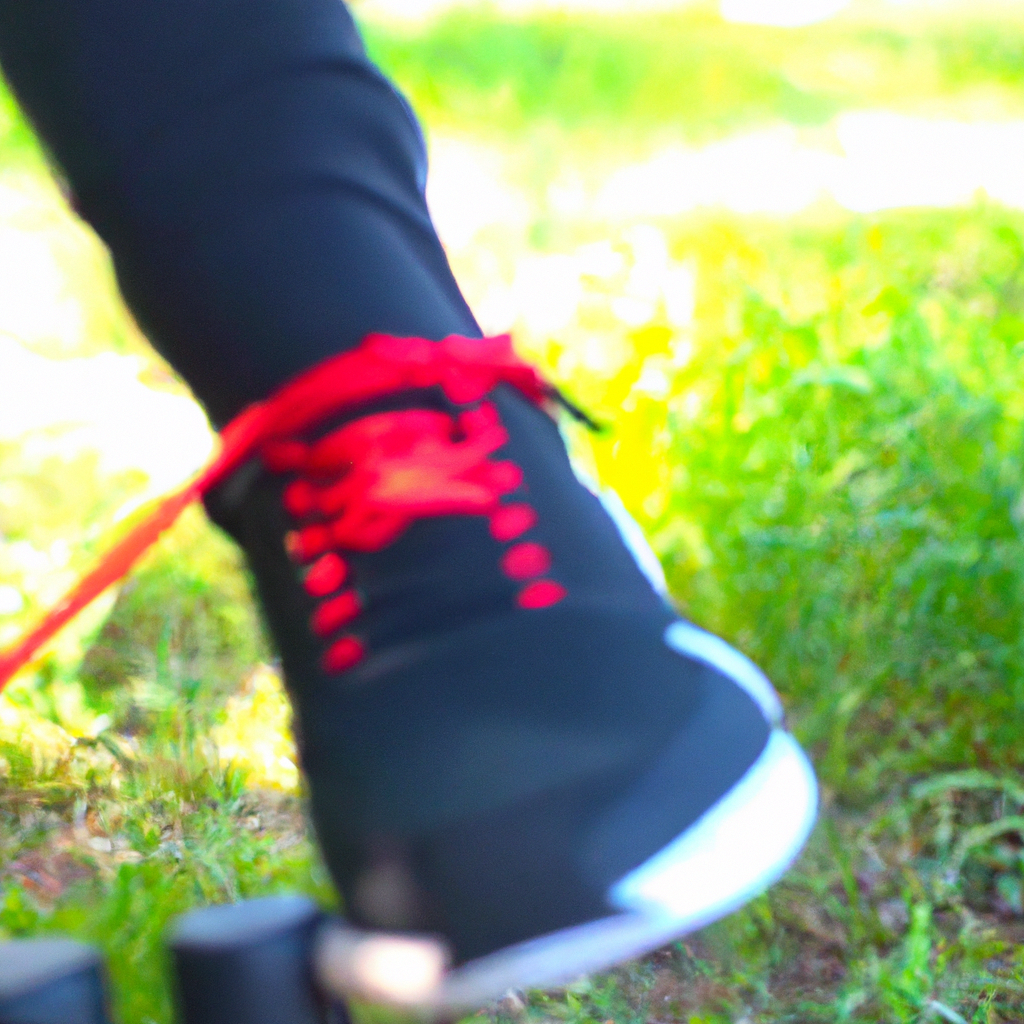-
Reading Roadmap
- Achieving Personalized Glucose Control through Tailored Physical Activity for Type 2 Diabetes
- Key Takeaways
- Introduction: The Power of Personalized Physical Activity
- The Role of Physical Activity in Glucose Control
- Personalizing Exercise Prescription
- Monitoring Blood Glucose Levels
- Reducing Medication through Physical Activity
- FAQ Section
- 1. How much exercise do I need to control my blood glucose levels?
- 2. What types of exercise are best for glucose control?
- 3. Can I exercise if my blood glucose levels are high?
- 4. How can I monitor my blood glucose levels?
- 5. Can exercise replace medication in managing type 2 diabetes?
- Conclusion: Embracing Personalized Physical Activity for Better Glucose Control
- Further Analysis
- Key Takeaways Revisited
Achieving Personalized Glucose Control through Tailored Physical Activity for Type 2 Diabetes

[youtubomatic_search]
Key Takeaways
- Personalized physical activity can significantly improve glucose control in individuals with type 2 diabetes.
- Exercise prescription should be tailored to the individual’s needs, preferences, and capabilities.
- Regular monitoring of blood glucose levels is crucial to assess the effectiveness of the exercise regimen.
- Physical activity can reduce the need for medication and improve overall health and well-being.
- Healthcare professionals should provide guidance and support to help individuals with type 2 diabetes adopt and maintain a regular exercise routine.
Introduction: The Power of Personalized Physical Activity
Physical activity is a cornerstone of diabetes management. However, the one-size-fits-all approach often falls short in delivering optimal results. This article explores how personalized physical activity can help individuals with type 2 diabetes achieve better glucose control and improve their overall health.
The Role of Physical Activity in Glucose Control
Physical activity plays a crucial role in managing type 2 diabetes. It helps the body use insulin more efficiently, lowers blood glucose levels, reduces the risk of cardiovascular disease, and improves mental health. However, the type, intensity, duration, and frequency of exercise can significantly influence its effectiveness in glucose control.
Personalizing Exercise Prescription
Exercise prescription should be tailored to the individual’s needs, preferences, and capabilities. Factors such as age, fitness level, medical history, and lifestyle should be considered. For example, a sedentary older adult may benefit from low-intensity activities like walking or swimming, while a younger, more active individual may prefer high-intensity interval training.
Monitoring Blood Glucose Levels
Regular monitoring of blood glucose levels is crucial to assess the effectiveness of the exercise regimen. It can help identify patterns and make necessary adjustments to the exercise prescription. For instance, if blood glucose levels are consistently high after a particular activity, it may need to be modified or replaced with a different activity.
Reducing Medication through Physical Activity
With regular physical activity, some individuals with type 2 diabetes may be able to reduce their need for medication. A study published in the Journal of the American Medical Association found that participants who engaged in a structured physical activity program had a 31% reduction in their need for diabetes medication.
FAQ Section
1. How much exercise do I need to control my blood glucose levels?
The American Diabetes Association recommends at least 150 minutes of moderate-intensity aerobic exercise per week, spread over at least three days, with no more than two consecutive days without exercise. However, the exact amount may vary depending on individual needs and capabilities.
2. What types of exercise are best for glucose control?
Both aerobic exercises (like walking, cycling, or swimming) and resistance training (like weight lifting) can help control blood glucose levels. A combination of both is often recommended.
3. Can I exercise if my blood glucose levels are high?
If your blood glucose levels are very high (over 250 mg/dl), it’s best to avoid vigorous physical activity until your levels are lower. Always consult your healthcare provider before starting a new exercise regimen.
4. How can I monitor my blood glucose levels?
You can monitor your blood glucose levels using a blood glucose meter or continuous glucose monitor. Your healthcare provider can help you choose the best option for you.
5. Can exercise replace medication in managing type 2 diabetes?
While exercise can help control blood glucose levels, it should not replace medication without the guidance of a healthcare provider. Always consult your healthcare provider before making any changes to your medication regimen.
Conclusion: Embracing Personalized Physical Activity for Better Glucose Control
Personalized physical activity can significantly improve glucose control in individuals with type 2 diabetes. By tailoring the exercise prescription to the individual’s needs, preferences, and capabilities, and regularly monitoring blood glucose levels, individuals with type 2 diabetes can achieve better health outcomes. Healthcare professionals play a crucial role in providing guidance and support to help these individuals adopt and maintain a regular exercise routine.
[youtubomatic_search]
Further Analysis
As we delve deeper into the realm of personalized medicine, the role of tailored physical activity in managing chronic conditions like type 2 diabetes becomes increasingly evident. Future research should focus on developing more precise exercise prescriptions and exploring innovative ways to motivate and support individuals in adopting and maintaining regular physical activity.
Key Takeaways Revisited
- Personalized physical activity can significantly improve glucose control in individuals with type 2 diabetes.
- Exercise prescription should be tailored to the individual’s needs, preferences, and capabilities.
- Regular monitoring of blood glucose levels is crucial to assess the effectiveness of the exercise regimen.
- Physical activity can reduce the need for medication and improve overall health and well-being.
- Healthcare professionals should provide guidance and support to help individuals with type 2 diabetes adopt and maintain a regular exercise routine.







